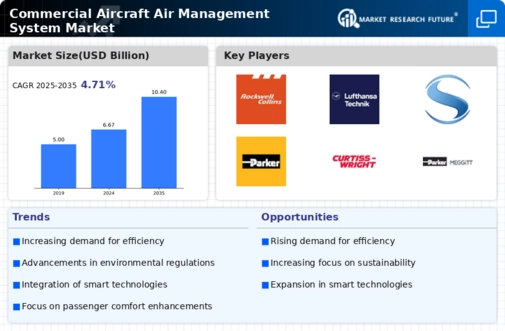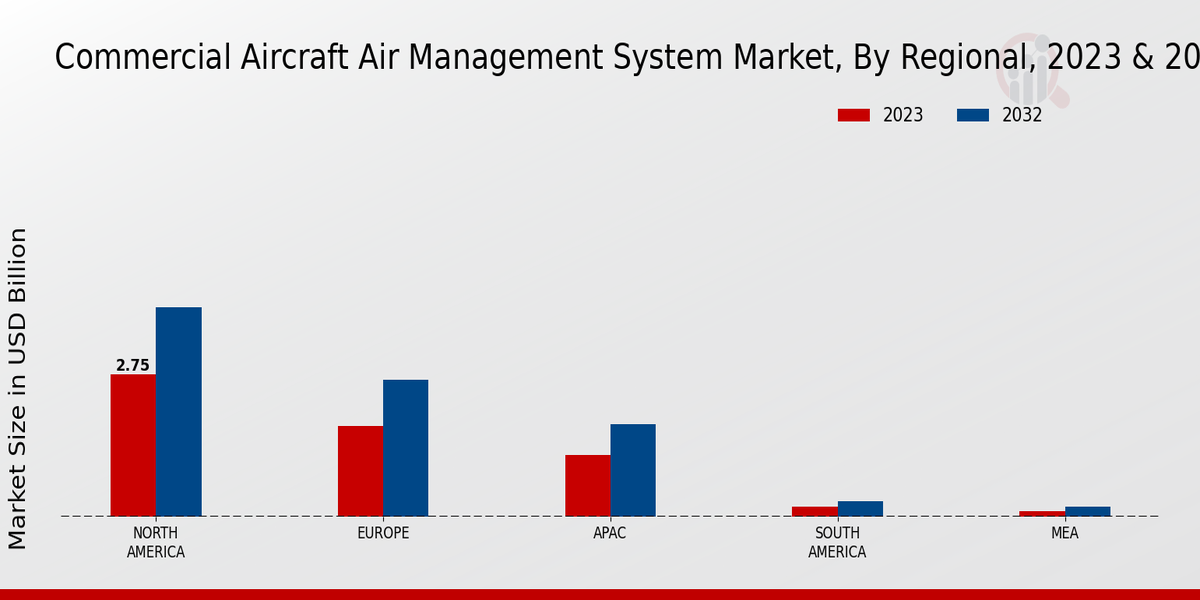The Commercial Aircraft Air Management System Market is characterized by rapid advancements in technology and increasing demands for enhanced efficiency and performance in aircraft operations. As regulatory pressures and consumer expectations evolve, companies within this sector are focusing on innovating their air management solutions to improve passenger comfort, optimize energy use, and ensure effective environmental control. This dynamic landscape is marked by the presence of key players who are continually developing cutting-edge systems designed to integrate seamlessly with aircraft architectures.
The competition is driven not only by technological prowess but also by global supply chain capabilities and strategic partnerships that enhance market positioning. As the aerospace industry experiences a recovery post-pandemic, these competitive insights reveal a trend toward smarter, more sustainable designs that cater to the varying needs of airline operators and manufacturers.Rockwell Collins has established a prominent presence in the Commercial Aircraft Air Management System Market through its commitment to delivering high-quality, reliable systems that enhance aircraft performance.
The company has gained recognition for its innovative air management solutions that incorporate advanced control systems, efficient energy management, and user-friendly interfaces. Rockwell Collins’ strength lies in its ability to leverage its extensive experience in avionics and connectivity technologies, enabling the integration of air management functionalities with other aviation systems. This strategic alignment enhances operational efficiencies and provides a competitive edge.
Moreover, Rockwell Collins’ ongoing investments in research and development ensure that it remains at the forefront of technological advancements, allowing it to offer solutions that meet the specific requirements of modern commercial aircraft, which further solidifies its position in the market.Lufthansa Technik plays a significant role in the Commercial Aircraft Air Management System Market by focusing on maintenance, repair, and overhaul (MRO) services along with innovative air management solutions. The company leverages its deep knowledge of air systems and comprehensive service offerings to address the operational needs of various airline customers.
Lufthansa Technik's strengths lie in its capability to provide customized solutions that enhance the performance and reliability of air management systems. Its strong focus on quality and safety, combined with a customer-centric approach, allows the company to build long-term relationships with clients while ensuring operational excellence. Additionally, Lufthansa Technik's international network and commitment to sustainability initiatives position it as a trusted partner in the aviation industry, playing a key role in advancing the efficiency of aircraft air management systems while addressing the environmental challenges faced by commercial aviation.
























